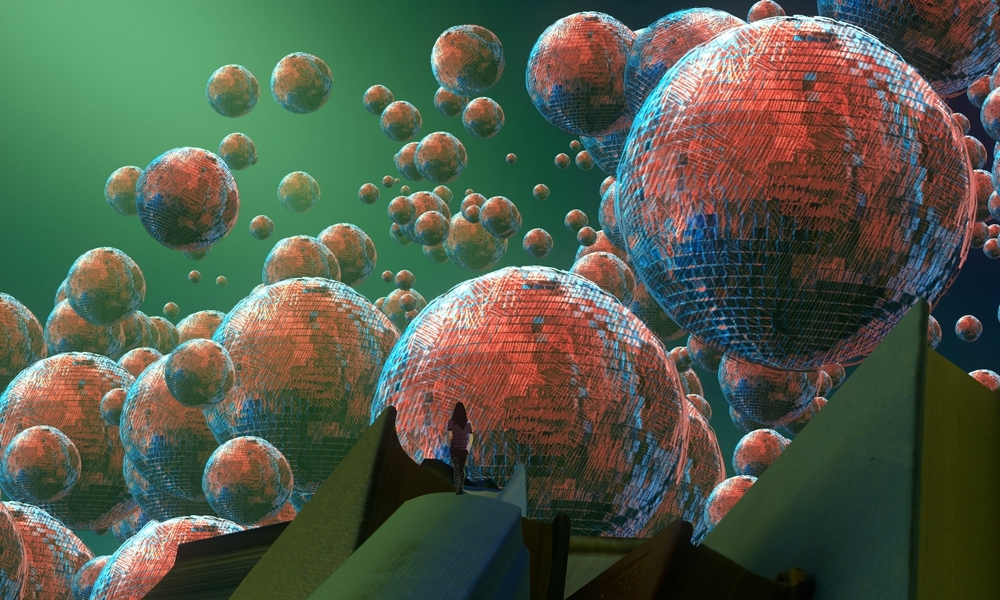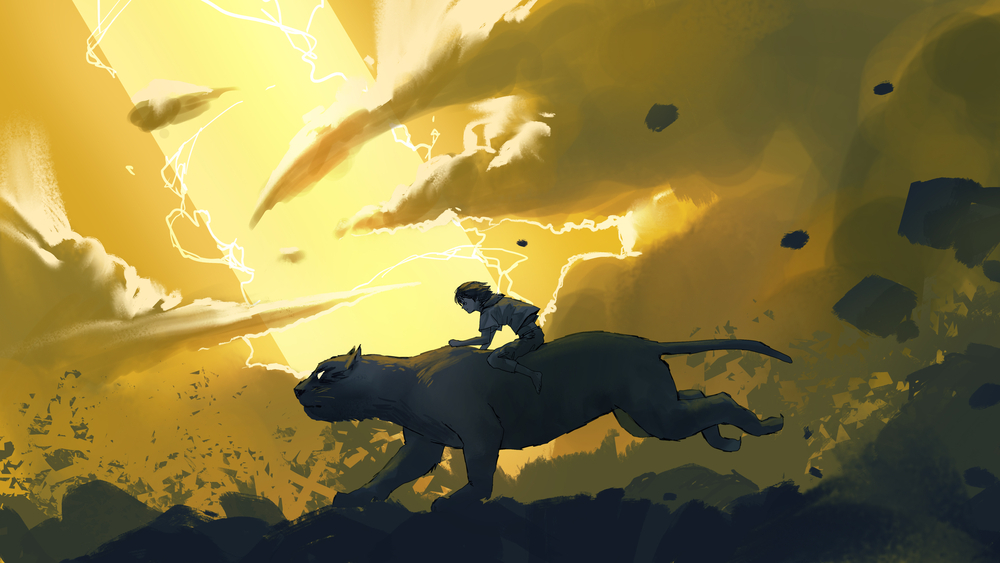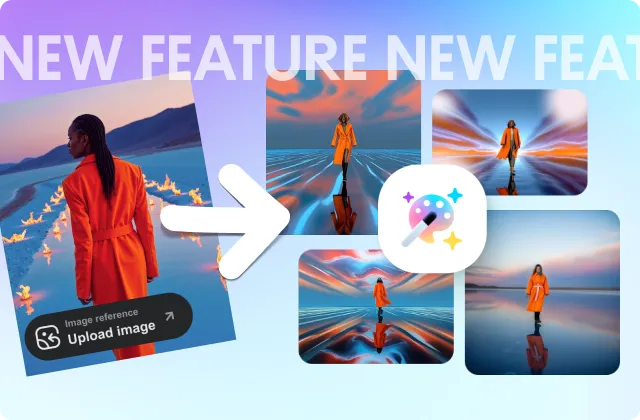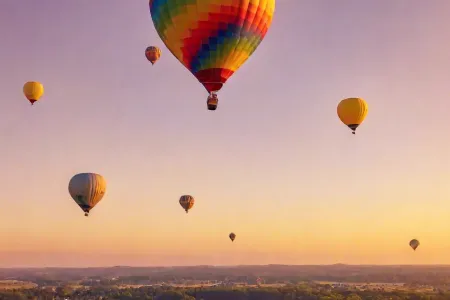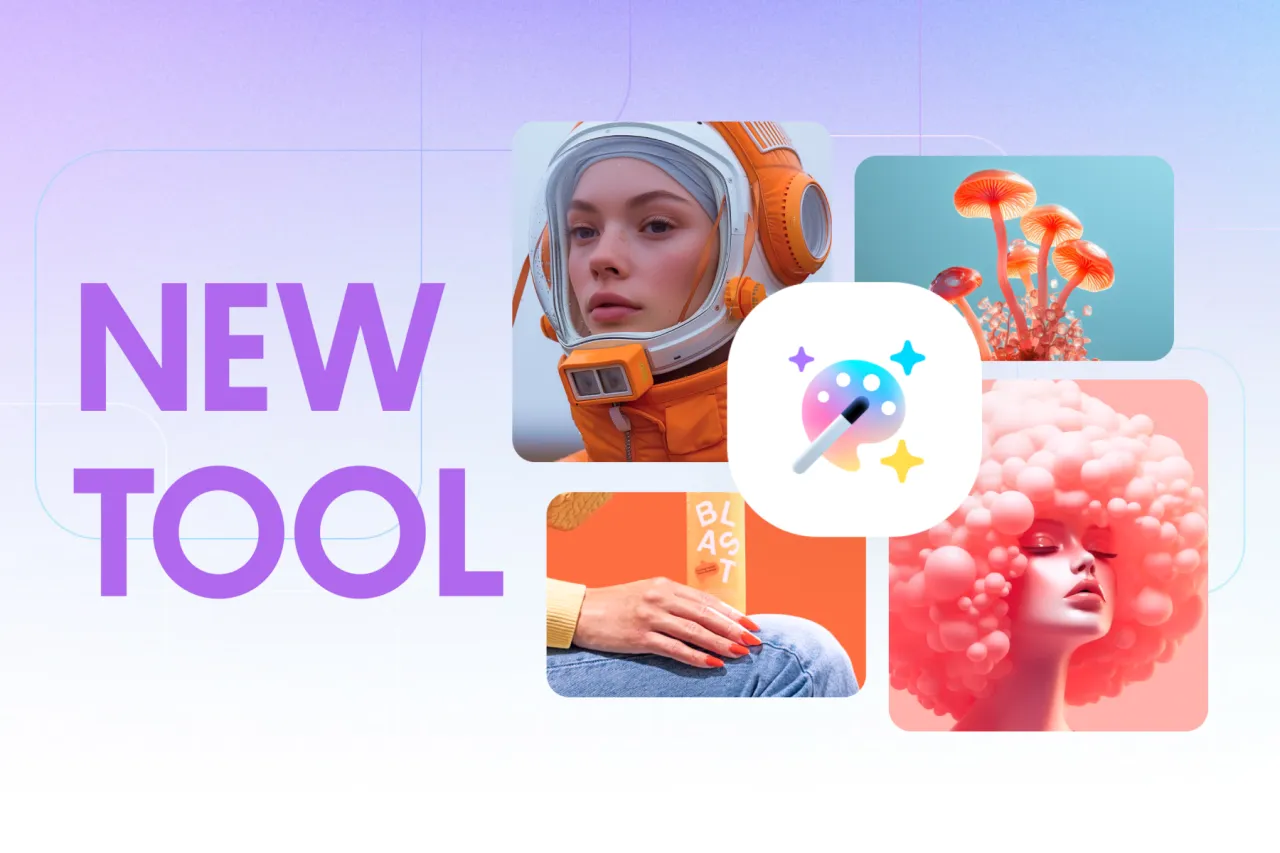7 Common Misconceptions about AI-generated Images
The generative AI market continues to grow. Estimated at almost $70 billion this year, it is believed to reach around $207 billion by the end of the decade. Moreover, half of all generative AI-powered instruments are forecasted to be image-oriented, including text-to-image tools like AI Image Generator and image editing ones like Image Upsaler by Depositphotos.
The earlier you start using tools to generate visuals for your marketing and artistic needs, the easier it will be for you to overcome competitors by being cost-effective and diverse in your communication. However, if you haven’t used AI tools because you don’t understand how they generate images and whether it is legal to use them—scroll down to learn about common misconceptions about text-to-image AI.
Generate Images Now7 myths about images generated with AI and why they are not true
#1 Anyone can generate a great image
Although you only need to enter a text prompt to get an image, formulating your request is an art. Designers with well-developed visual thinking have better chances of getting what they need from a generative tool since they can name particular styles, compositions, or visual details that make an image appealing to their target audience.
Read this article to boost your skills: 5 Essential Tips for Crafting Effective AI Image Generation Prompts.
#2 AI can imitate any visual style
AI’s potential to mimic a particular artistic style depends on how many images it processes at its training stage. At the same time, even a well-trained tool is more likely to resemble one’s artistic style than an entire visual genre like Baroque or Impressionism.
Generative AI tools are programmed to blend patterns and combine diverse details. As a result, there is always the probability that an unexpected visual element will appear in your image. We made our tool generate four different pictures per one user request to give you more chances of getting what you need in one go.
#3 AI-generated content doesn’t have an author
Generative AI creates images after learning databases of photos and illustrations made mainly by people. The quality and diversity of these databases are critical for a tool to produce high-quality content on request. In addition, algorithms leverage data generation patterns.
Tools trained on poor databases and based on a limited amount of programmed patterns will produce plagiarized content or images containing unchanged pieces of someone’s artwork, making them unethical and not commercially safe. In the case of AI Image Generator, you are licensed to use images you create and are the only owner of them.
Explore what makes our tool safe for marketing campaigns: Spark Your Creativity! Depositphotos Launches AI Generator With Commercially Safe Images.
#4 Generative AI will replace human artists
AI tools can contribute to one’s creative reach or design production flow, but can’t substitute human creators. Tools of this kind lack emotion, understanding of context layers, sympathy, and the ability to add a personal touch to their works.
To generate high-quality and engaging visuals, they need databases of authentic human-made artworks and experts to train them. This way, they can distinguish promising images from those that are unethical or in poor taste. That’s why it is better to think of a successful collaboration between a human and an AI-powered tool than about replacing artists with algorithms.
Dig deeper into the topic with this article: “Job-Stealer” or “Co-Creator”? 5 Ways to Improve Design Quality with AI Safely.
#5 AI can “think” and understand contexts like a human
Image AI doesn’t work the same way as human brains. It is trained on limited databases and creates images from white noise by gradually adding pixels and checking whether an image looks similar to something that already exists. In other words, it doesn’t think in abstract associations or have a personal ethical glance at the results it comes up with.
For this reason, AI tools need humans to evaluate and approve images. AI can’t consider interconnected historical and ethical contexts or distant associations an image can evoke in audiences. However, tools like AI Image Generator created by Depositphotos in partnership with BRIA are trained to leverage ethical standards when depicting certain social groups and scenes.
Explore how to generate images from text in an ethical way: Dos and Don’ts for Creatives Working with Text-to-Image AI.
Generate Images Now#6 All images generated with AI are free to use
Generated images are subject to copyright protection since particular developers and artists contributed to creating the generative tool. The terms of image licensing may differ depending on the tool. Visuals created with free tools are usually unsafe for commercial projects. However, owners of the tools and databases they use to generate images can sell the right to use generated content for commercial or personal purposes.
At Depositphotos, generated content is available under a Standard license, which means you can use it for commercial purposes, including designing digital and print materials.
#7 AI can produce images instantaneously
To generate an image, AI algorithms must process tons of data and compose a picture pixel by pixel. After the first version of your image is ready, most AI-powered tools for image generation check whether it is unique and change the picture one more time to avoid replications. All these processes require time.
Paid commercially-safe tools typically work faster than free ones. Another factor is the quality of your results: Some tools generate images of smaller sizes or work with a dramatically limited variety of generative patterns, which makes them work faster. AI Image Generator by Depositphotos takes a few seconds to produce four images on your request.
Final thoughts. What’s true about generative AI for images?
AI content generators have already changed the way marketers work on campaigns. In the US alone, almost every second marketing professional admitted to using generative AI for writing emails and social media posts. Regarding images, websites (34%) and social media (36%) are areas where AI-powered tools are most adopted.
So why not enhance your creativity with AI right away? Besides being resource-effective, text-to-image generators open new possibilities for style experiments and make complex techniques like 3D more accessible. To get an easy start, type in your first prompt on Depositphotos and get an image you can safely use for any project.
Generate Images NowBe in the know! More articles about image AI:
9 Best AI Image Generators for Your Business in 2024
AI in 2024: Transformative Trends Shaping the Creative Landscape
